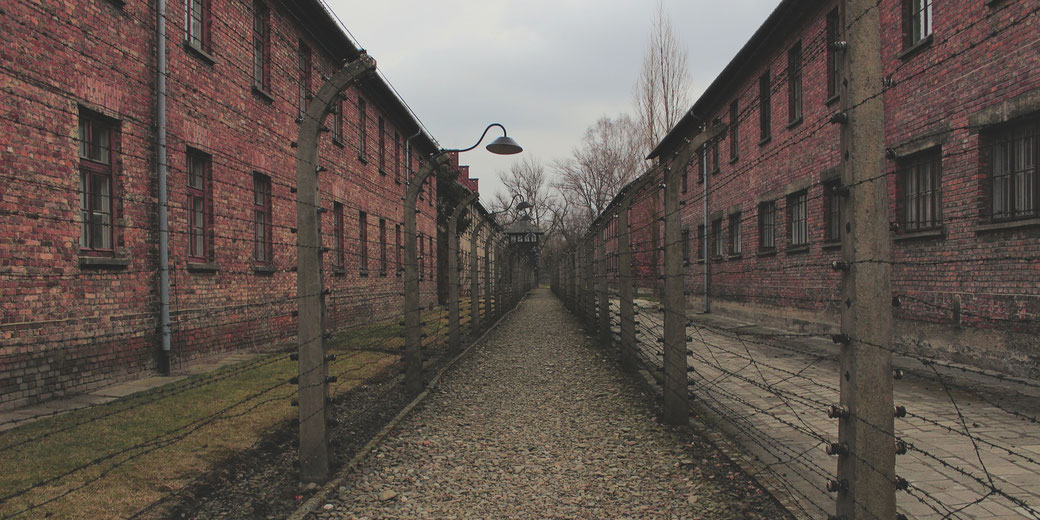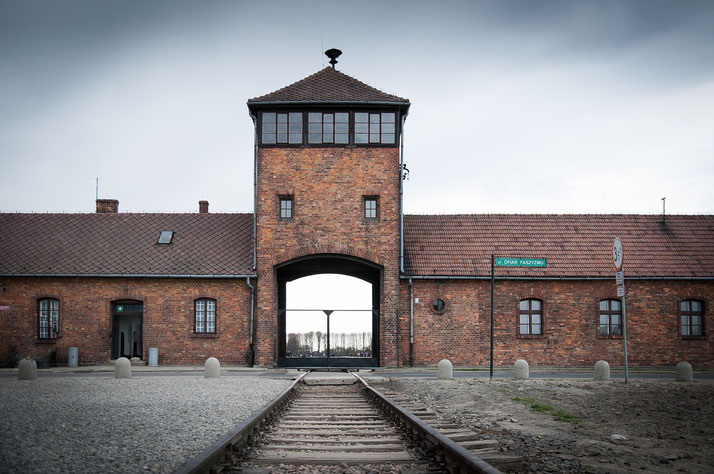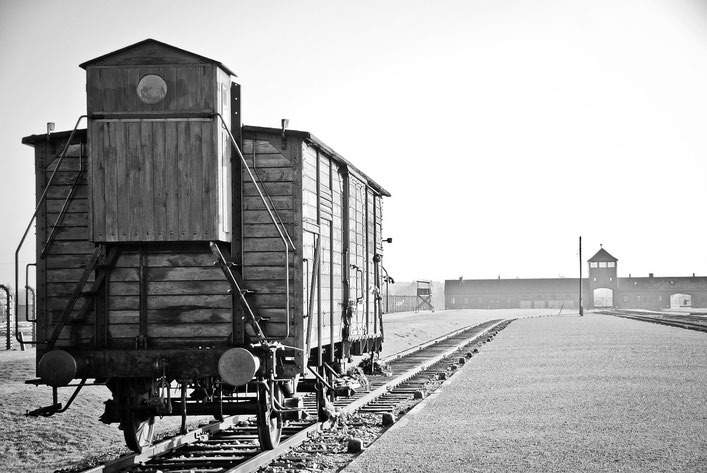What was the Holocaust? An overview of key events

The Holocaust was one of the most horrific events in human history. It was a genocide that was carried out by the Nazi regime during World War II.
The Nazis killed more than six million Jews, as well as Roma (Gypsies), homosexuals, and people with disabilities. They did this in around 1,000 concentration camps, sub-camps, and extermination camps scattered through the occupied territories in Europe.
Here are the key details you need to know about this tragic stage of human history.
What were 'concentration camps'?
Concentration camps were introduced to Germany by the Nazi party in 1933. The Nazi party gained power following the challenges of the interwar years and the Great Depression.
Although they did not win the majority of votes, they were able to form a government through a coalition with other conservative parties in January 1933.
Hitler was appointed Chancellor and later consolidated power through the Enabling Act in March 1933.
The first prisoners of the earliest camps were German communists. The Nazi Party particularly disliked communism and used the camps as a way of 're-educating' people away from this political ideology.
This 're-education' often involved physical beatings and abuse. While some of the early inmates were released, many remained imprisoned, and the concentration camps continued to expand throughout the 1930s.
World War II
When war broke out in 1939, Hitler set up a permanent concentration camp system and appointed Himmler, the SS commander, as the overseer.
New camps were built in areas conquered by the Nazi forces, particularly in Poland.
By the end of the Second World War, they had built a vast network of camps, run and operated by the Nazi paramilitary group known as the SS.
The most famous concentration camp, Auschwitz, was set up in 1940 to specifically deal with Polish prisoners.
It is important to distinguish between 'concentration camps' (used primarily for detention, forced labor, and abuse) and 'extermination camps' (specifically designed for mass murder).
At the Wannsee Conference, held on January 20, 1942, senior Nazi officials, led by Reinhard Heydrich, formalized plans for the systematic extermination of Europe's Jews.
This was known as the 'Final Solution' and saw the construction of dedicated extermination camps.
How were people killed in extermination camps?
Anyone that was condemned to time in a concentration camp had to endure very poor living conditions.
Sanitation was bad, there was limited food, and inmates were used as slave labour to work in Nazi factories that produced resources for the army.
As a result of these conditions, many people died of sickness or starvation.
From 1942, the concentration camps were used for the mass killing of captured Jews, known as the Holocaust.
In total, an estimated six million Jews were killed by the Nazis throughout the war. One million of them were killed in Auschwitz itself.
Most of these victims were gassed in specially made chambers in which large groups of prisoners were forced to enter.
These gas chambers, which used the lethal chemical Zyklon B, became infamous methods of mass murder in extermination camps, particularly Auschwitz-Birkenau, where hundreds of thousands were systematically killed.
The liberation of the camps
During the last few months of the war, from January to May of 1945, there was a rapid increase in the number of people killed.
An estimated 300,000 people were killed in this period alone. As Allied forces advanced, the Nazis forced nearly 100,000 prisoners on 'death marches' from concentration camps near the front to facilities deeper in German territory.
This resulting in massive deaths due to starvation, exposure, and execution.
As the victorious armies of the Soviet Union, Britain, and the US marched towards Berlin itself, they increasingly reported on the number of camps and victims that they encountered.
Major concentration and extermination camps were liberated by Allied forces in 1945, with Auschwitz liberated by Soviet troops on January 27, and Buchenwald and Dachau by American forces in April.
By this stage, the footage of the camps revealed the full extent of Nazi atrocities to the world.
Was anyone punished for the Holocaust?
After World War II ended, Allied leaders estimated that around 2.4 million people were imprisoned in the Nazi concentration camps.
This number included men, women, and children, including the famous Jewish young girl, Anne Frank.
As well as Jews, other 'undesirables' of the Nazi regime were also targeted, including homosexuals, Gypsies, and Jehovah's Witnesses.
In an effort to understand the sheer scale of the camp system and the killings that occurred within them, members of the German population were interviewed.
While some Germans claimed that they knew nothing about the existence of the concentration camps, nor what they were used for, many others were complicit or actively participated in the Nazi regime's actions.
The level of knowledge and involvement among the German population varied significantly.
Following the war, the Nuremberg Trials were conducted between 1945 and 1946, where leading Nazi officials were prosecuted for war crimes and crimes against humanity.
Unfortunately, only a fraction of those involved in the horrors of the Holocaust were punished for their crimes.
However, the Nuremburg Trials established important legal precedents for international law.
What do you need help with?
Download ready-to-use digital learning resources
Copyright © History Skills 2014-2024.
Contact via email
With the exception of links to external sites, some historical sources and extracts from specific publications, all content on this website is copyrighted by History Skills. This content may not be copied, republished or redistributed without written permission from the website creator. Please use the Contact page to obtain relevant permission.








